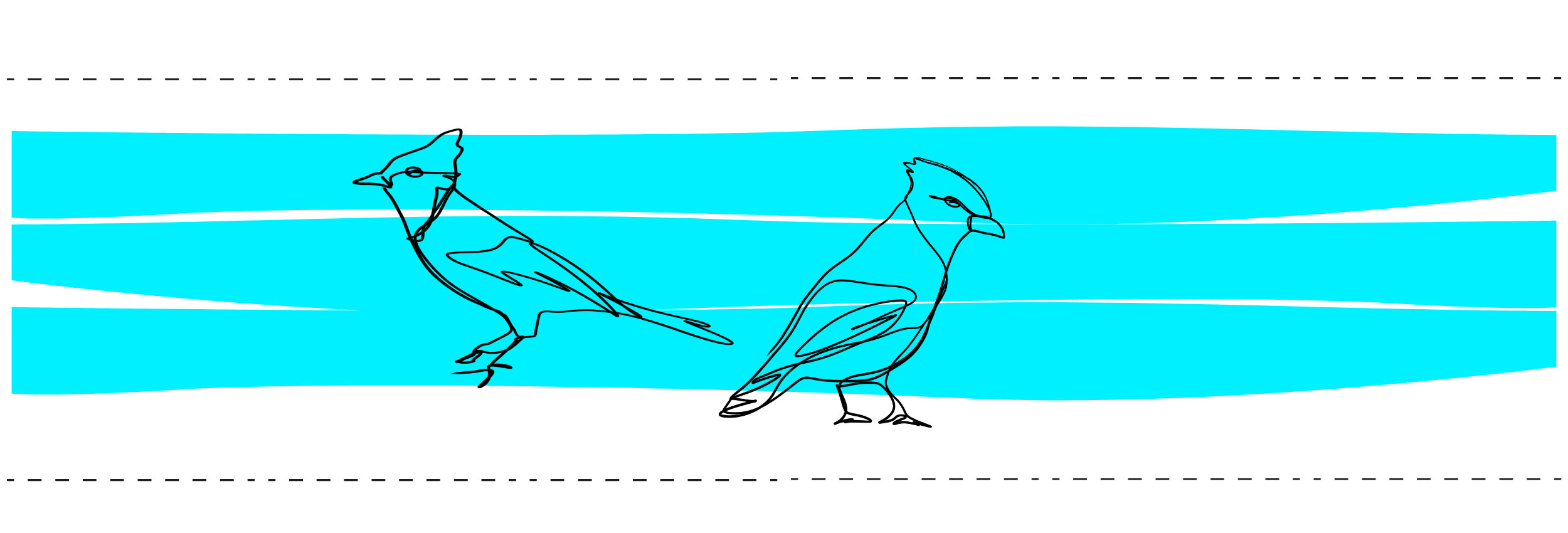Case Stories
Understanding Your Role as Facilitator
The practice of creating and using Case Stories gives facilitators the opportunity to think about conflict resolution strategies and to practice and implement decision-making rooted in program values and ethics.
Download a PDF of the guided prompts for this section or view below
Case Stories
The practice of creating and using Case Stories gives facilitators the opportunity to think about conflict resolution strategies and to practice and implement decision-making rooted in program values and ethics.
The case story method was developed by Julie A. Gorlewski and is described in her book Making it Real: Case Stories for Secondary Teachers. Case stories combine a conventional case study method with storytelling, creating a fictionalized story based on real issues and dilemmas faced by practitioners.
On the following pages are two case stories created by facilitators at the Tkaronto CIRCLE Lab, along with the debrief questions we used to talk through the situations.
What are some situations or issues that you've noticed that you could create a fictionalized case story about? You could think about reoccurring group dynamics you have noticed or situations that have arisen in the past that you were unsure how to navigate.
Brainstorm some ideas for case stories below.
Case Story 1
You are co-facilitating a session on Zoom with 13 young people in attendance. For the last 4 sessions, you notice that one of the youth participants named Rose doesn’t participate in the opening check-in activity. Recently, when you invite Rose to share her answer or participate, she doesn’t respond or gives a one-word response in the Zoom chat. Your co-facilitator has also noticed that when Rose is not responding or is giving a one-word answer in the chat, some of the youth participants are rolling their eyes on camera and visually indicating their displeasure with her. In the last session, one young person even unmuted his microphone to say, “Rose never answers, can we just move on to the next person”. As a facilitator, you hoped that the weekly check-ins would be a mood setter for the session and be a way for you to gauge how participants are coming into the Zoom space. However, Rose’s lack of participation makes some of the young people annoyed and in turn could be making her feel unwelcome.
In this case and as a facilitator:
How do you address Rose’s lack of participation during the session? And how might you address this situation when the session is over?
How do you address other youth participant responses to Rose’s lack of participation?
What can you and your co-facilitators do to ensure that the goal of check-ins are met?
How do you nurture/ease the relationships that Rose has with other young people in the program?
Case Story 2
After warming up to each other in the beginning, the young people were having fruitful and generative discussions. A few sessions into the program, you realize that the young people are not as engaged with your group discussions as much as before. Your co-facilitator, Angela, is becoming increasingly frustrated. She worries about the success of the program and completing the activities on time. During one session, you pose a question to the young people, and no one replies back to you. In frustration, Angela says, “I’m so disappointed in you all for not engaging in the discussion anymore”. One young person, feeling bad about the situation and Angela’s outburst, answers your question. The other participants slowly start to chime in.
In this case and as a facilitator:
How do you address Angela’s frustration at the youth?
How do you nurture/ease the relationships that you have with young people, after such an incident?
What can you and your co-facilitators do to ensure that young people are engaged in your program?
What are some non-coercive, non-extractive ways to encourage engagement?
How can you check-in with your co-facilitator to support each other through frustration?

Suggested citation:
Tkaronto CIRCLE Lab. (2023). Case Stories [Land Education Dreambook]. https://www.landeducationdreambook.com/case-stories
